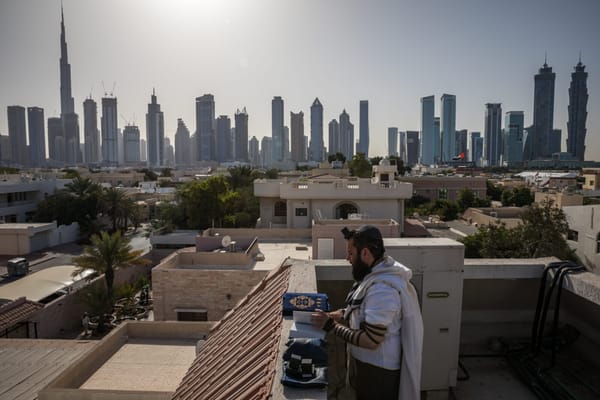The Struggle for Pakistan Continues
At around 5 pm on February 18 a dozen or so supporters of ex-premier Nawaz Sharif’s Pakistan Muslim League (PML-N) burst into song along the serpentine streets of Lahore’s old city. Down the road stood a phalanx of police and, behind them, a busload of flag-waving Pakistan People’s Party (PPP) activ









